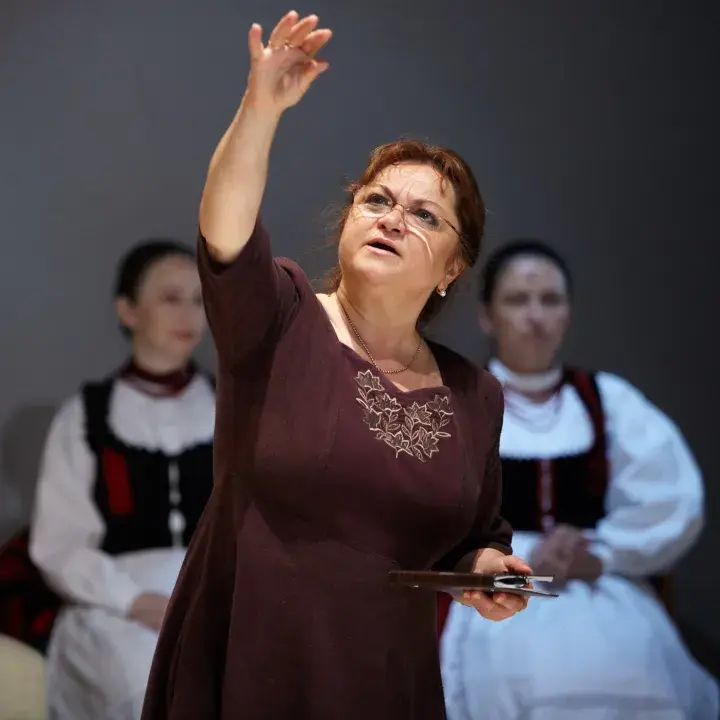Jaqueline Erzsébet Mária, Countess Almásy de Zsadány et Törökszentmiklós, attracted the attention of the higher circles not only with her beauty and love for fashion but also with her second wedding that took place in Budapest 10 January: her husband was none other than Louis J. Cartier, the famous French jeweller and watchmaker. Jacqueline Almásy was considered a beauty both in Budapest and Paris, so one of the most outstanding fashion photographers of the 20th century, George Hoyningen-Huene, also photographed her for the French Vogue.
The contemporary press reported about her again when she welcomed a friend, the world-famous fashion designer Elsa Schiaparelli, in Budapest in 1935. Besides Coco Chanel, the Italian Schiaparelli was a pivotal figure of the Parisian fashion between the two world wars, and her iconic collaborations with such artists as Salvador Dalí, Jean Cocteau, Man Ray and Marcel Vertès became legendary. Her friendship with Dalí was especially renowned, as he greatly influenced her designs. In fact, Dalí himself also designed embroidery patterns for Schiaparelli. The Hungarian traditional folk attires and the Hungarian Dress Movement impacted her so much that she also visited the textile collection of the Ethnographic Museum in Budapest.
Elsa was born into a wealthy aristocratic family and studied philosophy at the University of Rome, until, at the age of 22, she travelled to London, later to New York and then to Paris. Paul Poiret encouraged her to take up fashion design, and she became world-famous for her surrealist-style dresses. In 1935, she opened a fashion house in Paris, becoming, like her mentor Poiret, a unique and revolutionary designer. She decorated her dresses with unusual motifs, completely unthinkable before: her fabrics depicted body parts, food, and beetles, but she also produced clothes with newspaper prints on them for the first time. She was the first to use differently coloured zips in her clothes: first in sports clothing, later in evening dresses, and she became an innovator of the fashion scene also with her brooch-like buttons. Schiaparelli also turned into an international ambassador of Hungarian fashion: Her collection featured Hungarian motifs on evening jackets.
Schiaparelli came to Hungary to study the Hungarian traditional folk attires. She and Countess Almásy spent a month driving around the Palóc and Matyó regions, Hortobágy, Kalocsa and Sárköz. According to the news of the daily newspapers of the time, the beauty of the Halas lace mesmerised the designer.
Her gorgeous dresses also reached Budapest mainly through Jacqueline Almásy, but Böske Guthy, the correspondent of the magazine Theatrical Life also wrote about her work on several occasions. In 1937, she wrote: "It is surprising that we often encounter motifs that are strikingly reminiscent of Hungarian embroidery in the richly embroidered cloths of Schiaparelli's evening collection. She preferred the tulip motifs best. The sleeves covered with bead embroidery are immensely decorative in plain black dresses. Bead and paillette embroidery is given a smaller but still considerable significance in flowers, belt ornaments and glitter, emphasising pleats.”


